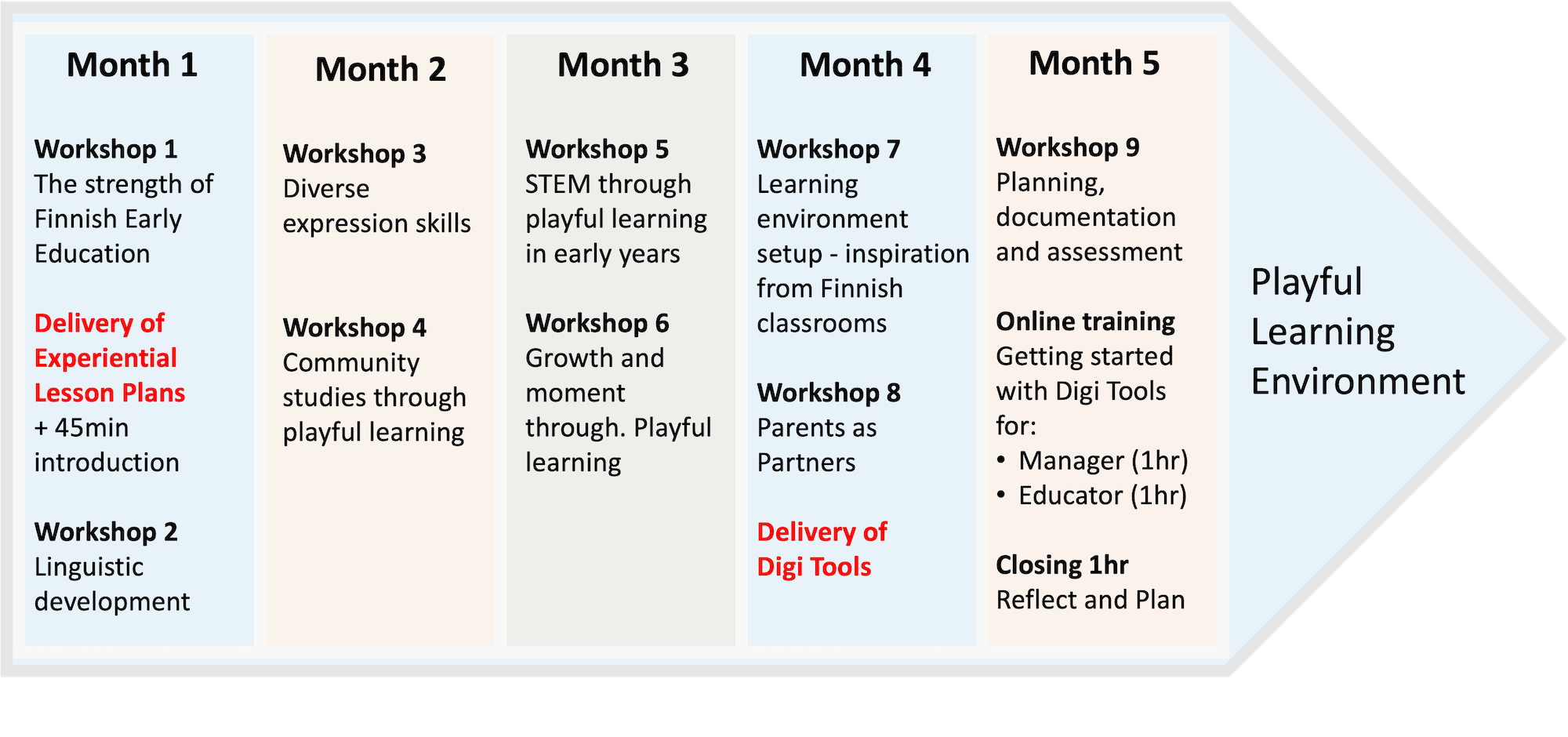"Because if hatred starts with words, peace starts with education. What we learn changes how we view the world and influences how we treat others. Education must therefore be at the heart of our efforts to achieve and maintain world peace."
- Audrey Azoulay / UNESCO Director General
.png)
The International Day of Education is celebrated on 24 January 2024. This year UNESCO is stressing the importance of education in friendships skills, co-operation, companionship, mutual respect and other apects that promote overall PEACE.
According to UNESCO the world is seeing violent conflicts with the rise of discrimination, racism and hate speech. An active commitment to peace is more urgent today than ever: Education is central to this endeavor, as underlined by the UNESCO Recommendation on Education for Peace, Human Rights and Sustainable Development.
Learning and aiming for peace must be transformative. Education must provide learners with the necessary knowledge, values, attitudes, skills and behaviours to become "friendly agents of peace".
Read the full speech from Ms Audrey Azoulay, Director-General of UNESCO, on the occasion of International Day of Education from here.
Kindiedays theme-based lesson plan: Emotions
How to support peaceful and friendly behaviour in early education?
Education can fight hatred and negativity. In educational settings, it is important to teach children from a very early on how to treat other people. Practising ethical thinking, self-regulation, emotional skills, social competence and respectful behaviour can start with simple things. Also sense of belonging and feeling loved and liked is crucial.
Here are some practical tips from UNICEF on how to teach and support children in early childhood education with some of the most important life skills.
.png)
.png)

